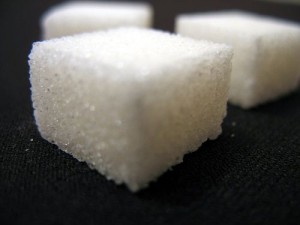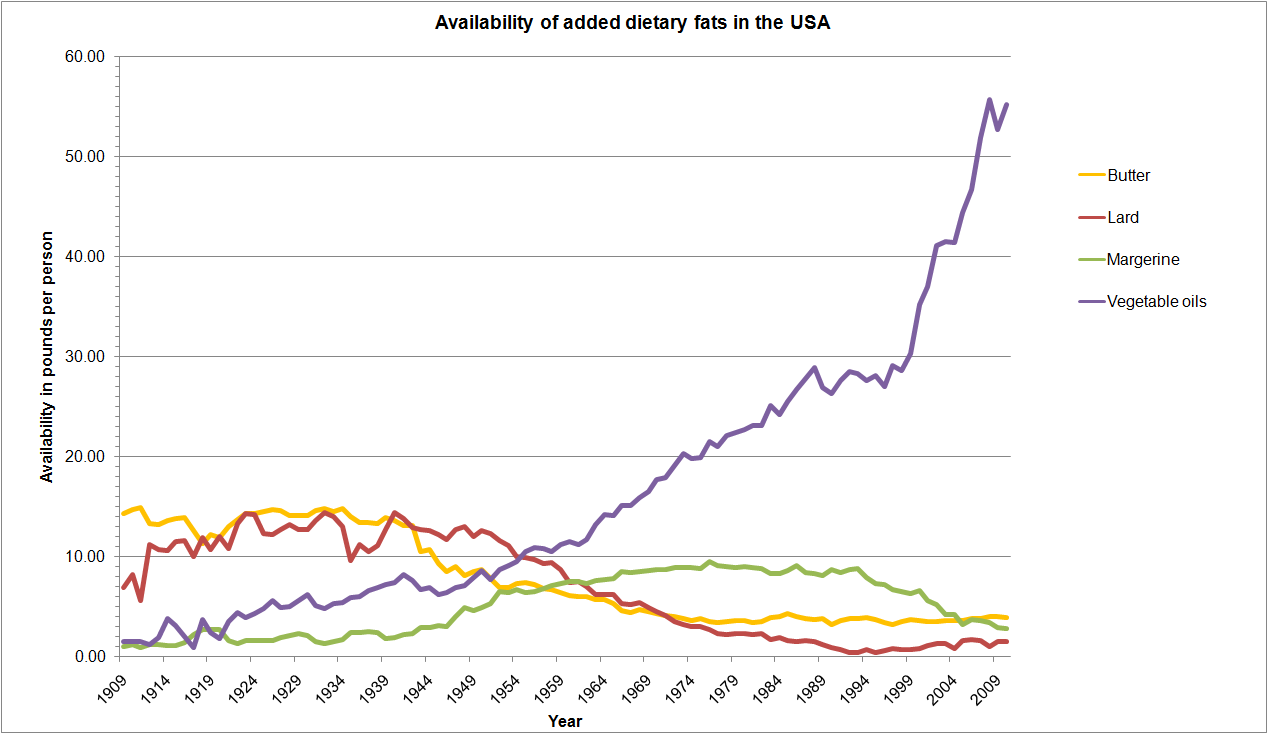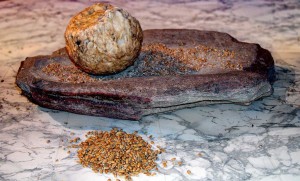In version 0.1, I laid out the aims of this project and put together a proof-of-concept £1-per-day diet that met most of the nutritional goals set by the UK government.
In this post, I’ll be focusing more on a meal plan, introducing a greater variety of foods, and trying to improve intangible factors like culinary enjoyment of the food.
(To avoid repeating myself I won’t go over the project goals, assumptions or rules again, so if you haven’t read version 0.1, it might be worth it to get up to speed.)
Variety
In version 0.1, we ranked foods by calories-per-£1. This was an acceptable first-order approximation of food cost, but we can do better. Calories turned out to be very cheap — white rice provides over 9000 calories per £1 — so it will be helpful to introduce some new metrics that are better attuned to other, more costly to satisfy, nutritional goals. If we want to eat 5 portions of vegetables per day, we don’t much care how many calories those vegetables provide; we can always add cheap calories by eating more rice. It makes more sense to measure the cost of each portion directly.
In version 0.1, the primary source of protein was yellow split peas alone. The primary sources of fruit and vegetables (FaVs) were bananas, carrots, onions, cabbage and tomatoes. These are the two areas in most need of more variety, so we’ll be using two new metrics – price-per-FaVs-serving and price-per-100g-protein. Read more ›




